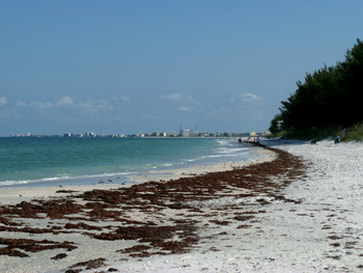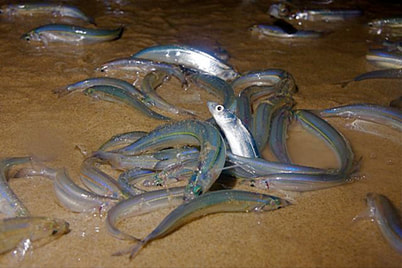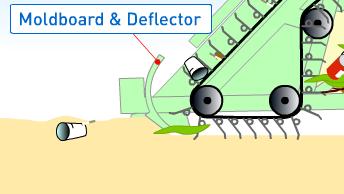|
A primary consideration for most beach cleaner purchasers is how much the machine will cost—not only in the initial purchase, but also over time. A beach cleaner’s ability to function optimally with minimal maintenance hours and costs is key to getting the job done for less. In order to help you know the right questions to ask to keep maintenance costs down over the long-haul, we’ve laid out the top five beach cleaner cost and maintenance questions to ask manufacturers. Feel free to comment and add other ones you feel are important!
14 Comments
Litter to …Bacteria? A look at E.Coli in Beach Sand and how Beach Cleaning Machines Can Help2/23/2012 Back in June, 2007, many studies were released that showed E.Coli was not only present in lake water, but that strong concentrations also resided in beach sand. This proved especially problematic to fresh water lakes, which are the depositories of runoff and waste-treatment overflow. Beaches found on the Great Lakes—especially Lake Michigan, Superior, and Eerie—received negative PR and multiple beach closings, which resulted in lost money and reputation. However, beach cleaner machines were ready to help and currently can be used to fight bacteria in the sand.
How can beach cleaners be used to clean the beach without disrupting their natural ecosystems? Learn about a few common cleaning method adaptations here.
The Moldboard, or steel leveling deflector plate, is integral to the success of mechanical raking beach cleaners and provides them with several significant advantages over other beach cleaning machines. However, most potential beach cleaner buyers aren’t fully aware of what a Moldboard actually does. We created this post to remove some of the mystery.
Are self-propelled beach cleaners better or worse than tractor-towed beach cleaners? This fundamental question in the beach cleaning community can be answered by assessing the functions, abilities, and production of each type of cleaner. This post examines the top 4 considerations that determine the winner.
One of the major applications for beach cleaners is to remove seaweed from the beach. While it does provide food for some coastal creatures, it also poses a danger to them as well because of man-made pollutants. Additionally, beach-goers often demand that the smelly, bug laden seaweed be removed for sensory reasons.
The Sun Sentinel of South Florida recently published an article on how they use their SURF RAKE to solve these issues. Here are several excerpts: |
This blog is managed by H. Barber & Sons. Founded in 1966, Barber is the world leader in beach cleaner production and authority on beach cleaning practices. This site and blog have been compiled to provide information about beach cleaners--their methods of cleaning, importance, and many applications.
Please direct any questions our way using the 'Contact Us' form. Thanks! Archives
June 2014
Categories
All
|



 RSS Feed
RSS Feed